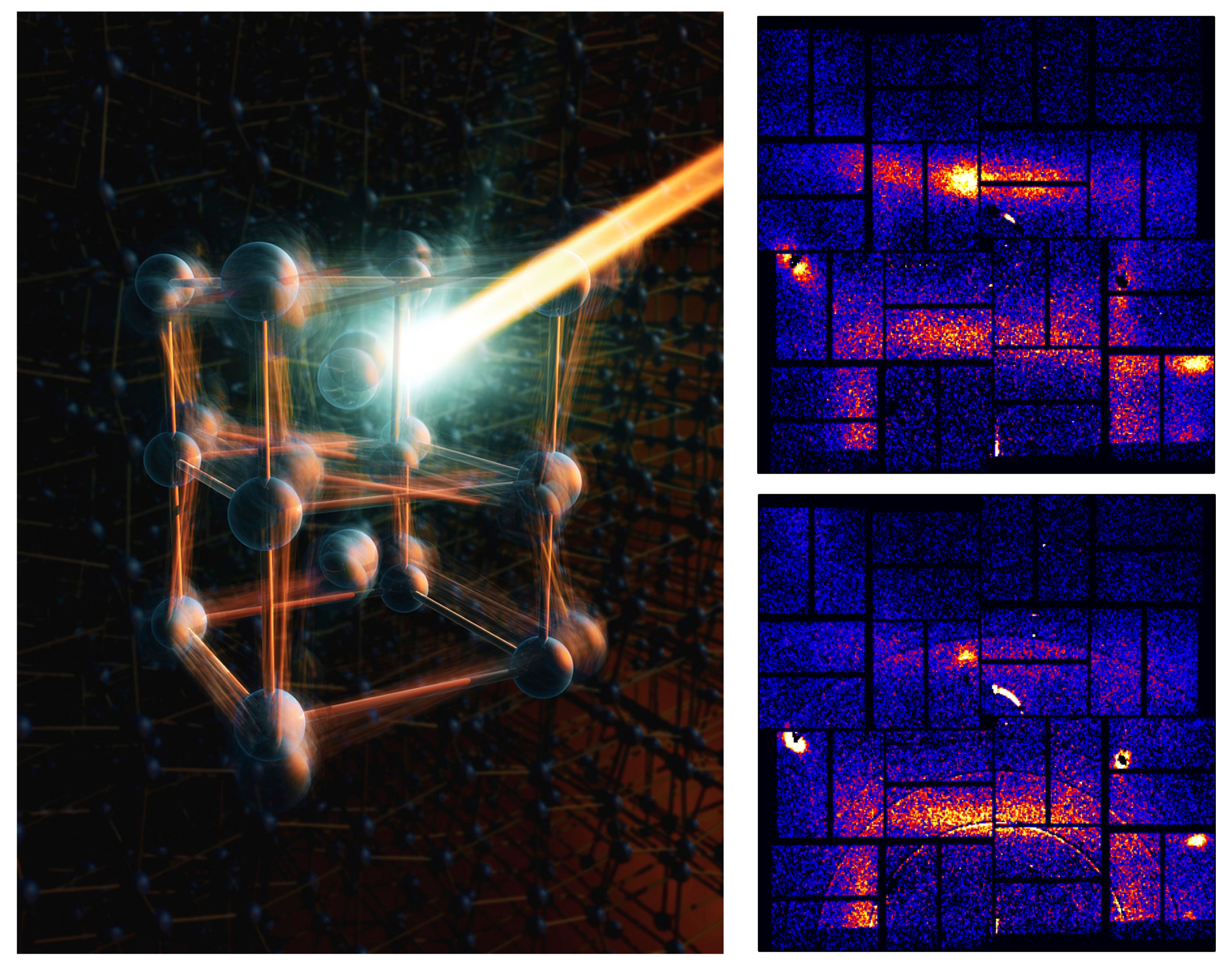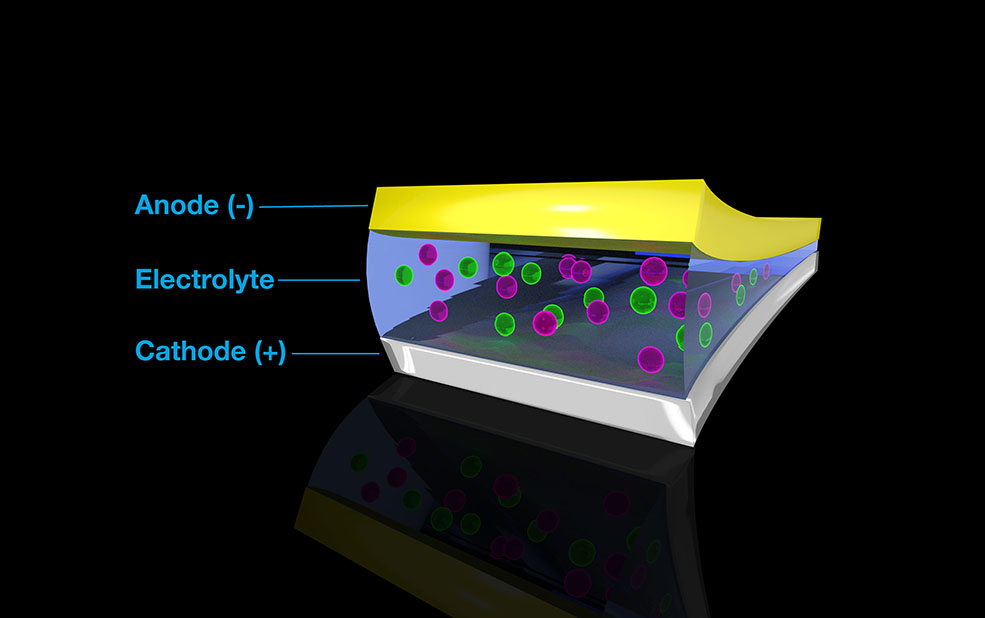
Improved Fuel Cell Catalysts with Less Platinum
A new catalyst design meets cost, activity, and durability goals by leveraging ultralow loadings of platinum with platinum-free supports.

A new catalyst design meets cost, activity, and durability goals by leveraging ultralow loadings of platinum with platinum-free supports.

Scientists find the weak points to facilitate industrial applications of metallic glasses.

Ultrafast X-rays track how associated pairs of atoms find new locations when triggered by light.

The Dark Energy Survey has delivered dark energy constraints combining information from four of its primary cosmological probes for the first time, an approach that may help design other experiments into cosmic acceleration.
Read more about Survey Delivers on Dark Energy with Multiple Probes
Models use a fraction of the computational cost of today’s best atom-based water models.

Supercomputer use offers insights into how to best describe the nature of our universe.

Low-momentum (wimpy) quarks and gluons contribute to proton spin, offering insights into protons’ behavior in all visible matter.

Scientists use supercomputers to determine how reliably a popular Earth system model represents precipitation regionally and globally.

A first-of-its-kind computer simulation reveals self-healing cement for geothermal and oil and gas wells performs better than originally thought.

A new route to make metal beneath a layer of graphite opens potentially new applications in solar cells and quantum computing.
Read more about Getting Metal Under Graphite’s Skin
Antiquark spin contribution to proton spin depends on flavor, which could help unlock secrets about the nuclear structure of atoms that make up nearly all visible matter in our universe.

With user facilities, researchers devise novel battery chemistries to help make fluoride batteries a reality.